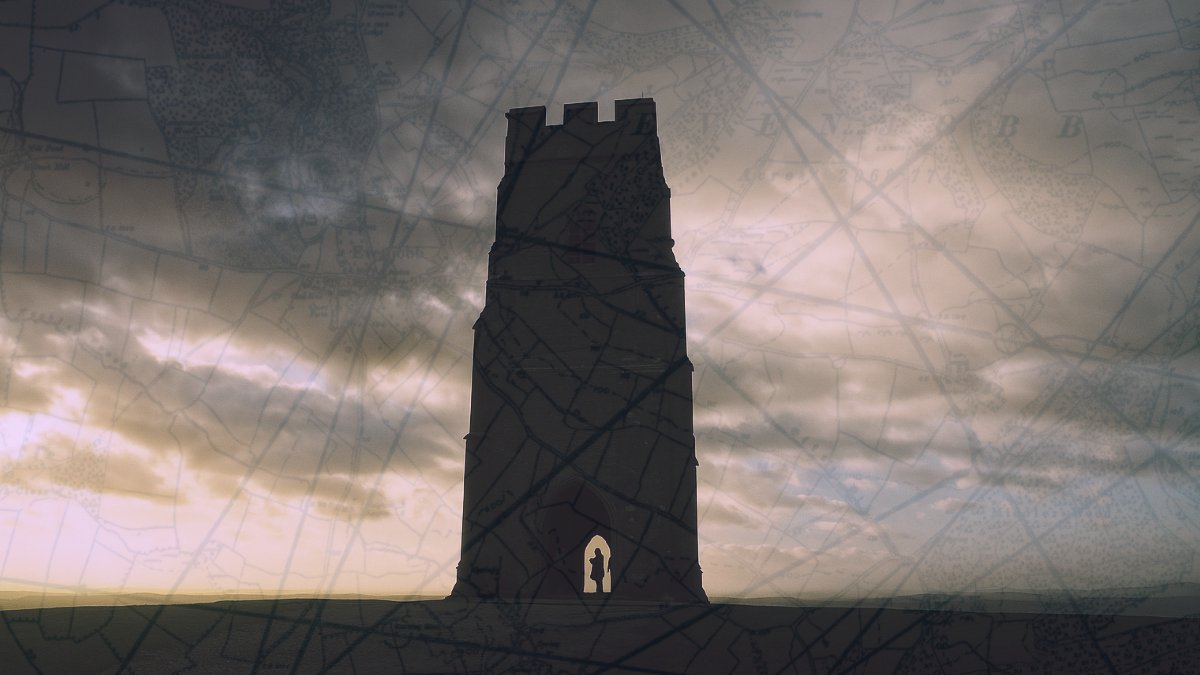“How old is she?” asks the man at the London England Temple of The Church of Jesus Christ of Latter-day Saints. When I tell him the dog in my arms is 15, he bows in deference to her and leads us into a room with an eight-foot-tall statue of Christ himself. I stand, politely, reading a plaque about the history of the London Temple, which occupies 32 acres of land outside East Grinstead. In Mormon terms, that’s very small. Where the London England Temple is 42,652 square feet, the Salt Lake Temple is 253,015.
How did I end up here? I’d actually ventured into deepest Sussex hunting for ley lines, and taken a wrong turn. A few minutes later, I’m led into a room to watch a film about the life of missionary Lorenzo Snow.
My trip began long before I stepped foot on Sussex soil. Exactly a century ago, a photographer and inventor called Alfred Watkins published a controversial book called The Old Straight Track. In it, he outlined his ley line theory, which posits that key sites in Britain’s landscape — mounds, religious sites, stone circles and castles — are often situated on straight lines. These contours, Watkins believed, were prehistoric roads established by an ancient people. They were laid by “ley-men” or “dod-men”, surveyors who plotted the landscape.
Register for free to read this article.
